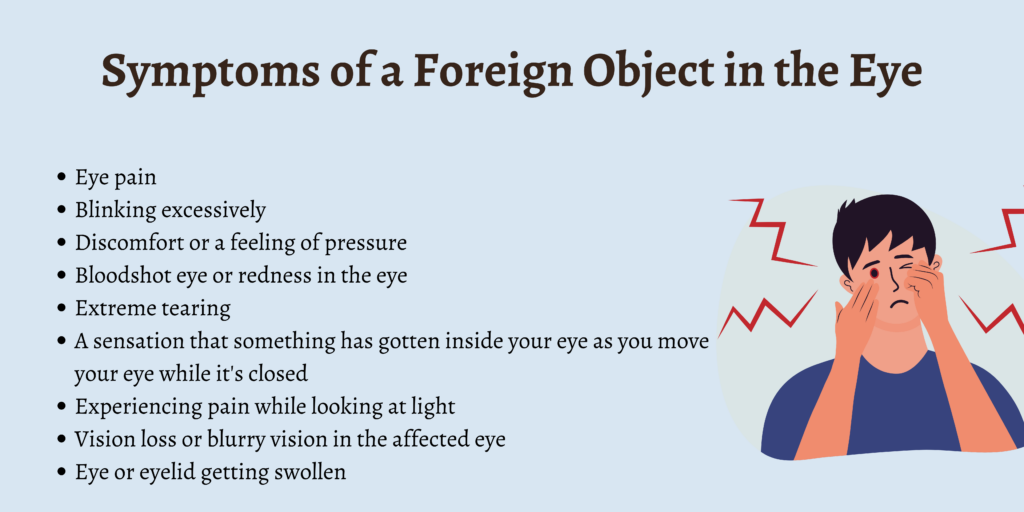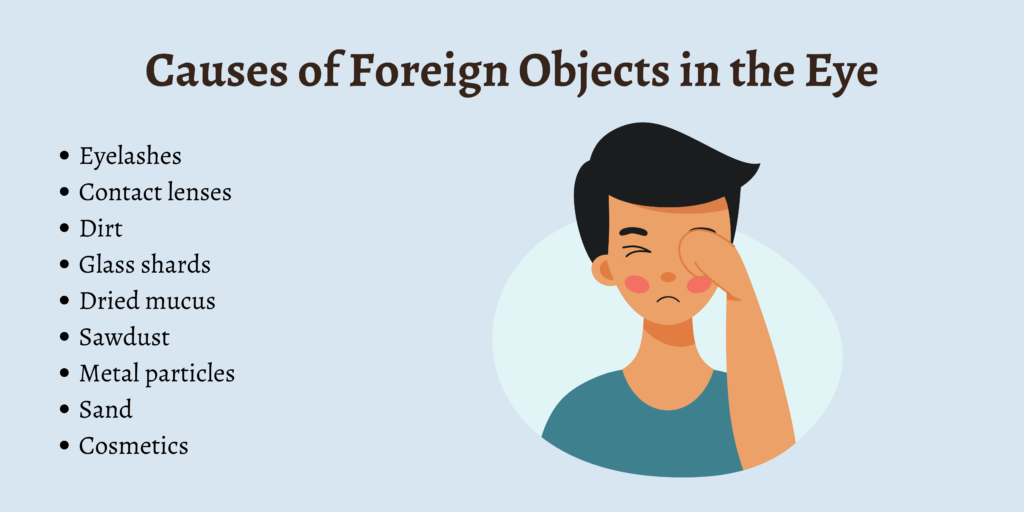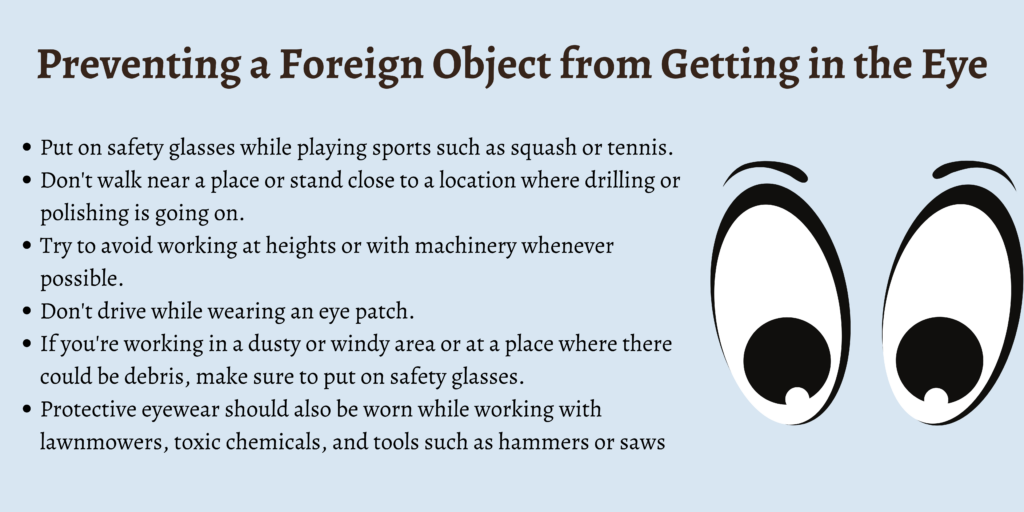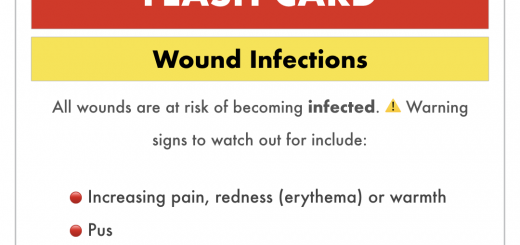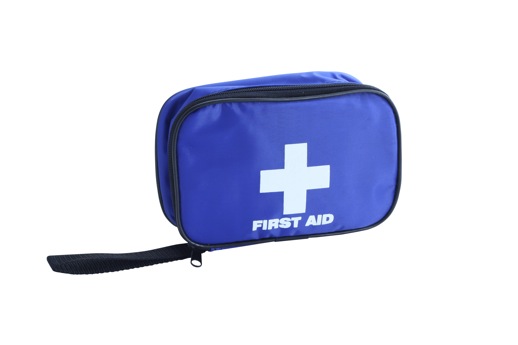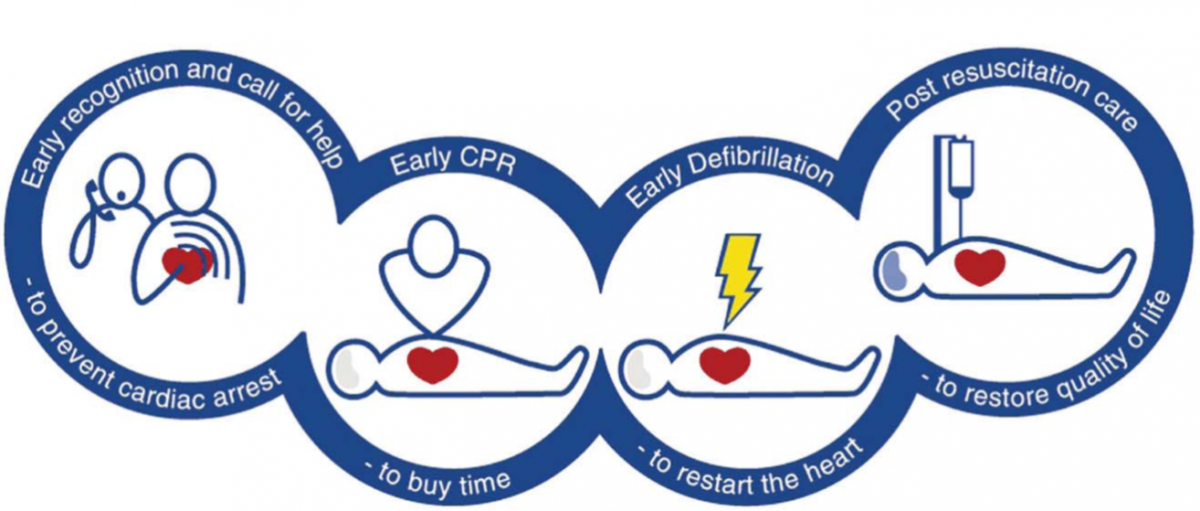First Aid for Foreign Objects in Eye: 13 Effective Steps
Did you know that, as per the American Academy of Ophthalmology, foreign objects in the eye account for 35% of the 2.4 million eye injuries that occur every year?
When something gets stuck in the eye, our response is immediate because it bothers us or hurts us in one manner or another, depending on what the foreign object is.
I remember seeing a friend struggle once when they got their contact lenses stuck in their eye. Since then, I’ve been extra careful about dealing with things that go in my eye.
There are, however, moments when you can’t control what enters your eye. In such circumstances, it’s important to know about first aid for foreign objects in the eye so that you can not only help yourself but also help someone else if a foreign object enters their eyes.
Do you often rub your eyes when something gets in them? Were you aware that it’s not the right way to proceed about it? In case you didn’t know, we’re here to discuss this very subject.
In this article, we will be elaborating on the causes and symptoms of having foreign objects in the eye, first aid for a foreign object in the eye, and when you should seek medical care in such situations.
What are the Symptoms of a Foreign Object in the Eye?
The symptoms of having a foreign object in the eye are quite immediate. Some of the symptoms you may experience include:
- Eye pain
- Blinking excessively
- Discomfort or a feeling of pressure
- Bloodshot eye or redness in the eye
- Extreme tearing
- A sensation that something has gotten inside your eye as you move your eye while it’s closed
- Experiencing pain while looking at light
- Vision loss or blurry vision in the affected eye
- Eye or eyelid getting swollen
Causes of Foreign Objects in the Eye
Numerous objects could strike your eye’s conjunctiva or cornea due to everyday activities. A couple of the common causes of foreign objects in the eye are as follows:
- Eyelashes
- Contact lenses
- Dirt
- Glass shards
- Dried mucus
- Sawdust
- Metal particles
- Sand
- Cosmetics
Certain other scenarios where foreign objects could enter the eye include:
- Falling debris or wind can lead to sand and dirt fragments entering the eye.
- Explosions can cause glass, metal, or other sharp objects to get into your eyes. Such accidents can also occur due to tools like lawnmowers, drills, and hammers.
Home Remedies for Foreign Objects in the Eye
The home remedies and homecare associated with getting out a foreign object from the eyes differ based on the type of object stuck in the eye and the location of the object. Before you begin first aid for such a situation, keep the following precautions in mind:
- Do not apply pressure on the affected eye or rub it.
- Don’t remove the contact lenses unless you have experienced a chemical injury or you witness sudden swelling.
- Don’t make use of any tools or utensils, including cotton swabs and tweezers, on the eye’s surface.
The homecare involved in removing a foreign object from the eye begins with the following steps:
- Start by washing your hands.
- Find an area with bright light so you can look at the affected eye properly.
- In order to find the foreign object and examine the eye, pull the lower lid down while looking up.
- After this, flip up the inside of the upper eyelid while looking down.
The upper eyelid is the most common location for a foreign object to lodge itself. In such cases, here is how you can try removing it:
- Take a flat container of water and use it to immerse the side of your face where the affected eye is located.
- When your eye is under the water, open and close your eye a couple of times so that the object gets flushed out.
- In case the object is stuck, the upper lid should be pulled out and stretched over the lower eyelid so the object gets loosened.
If the foreign object is stuck beneath your lower eyelid, these are the steps you can follow:
- Press down on the skin situated below the lower eyelid so as to see underneath it.
- If you can see the object clearly, tap it using a damp cotton swab.
- If the object refuses to budge, use flowing water on your eyelid while holding it open and flush out the object.
When the foreign object in question is small fragments, such as minute grains of sand, it’s not possible to remove each particle separately. Instead, they must be flushed out. In such a scenario, here are the steps to take:
- Take a wet cloth and use it to remove the particles from the region surrounding the eye.
- Get a flat container of water and immerse the side of your face with the affected eye. As your eye is under the water, flush out the particles by opening and closing your eye multiple times.
- If you’re taking a foreign object out of a child’s eye in such a case, don’t immerse their affected eye into the water. Instead, take a glass of warm water and pour it into their eye. As you pour the water, keep their eyelid open and hold their face up.
Getting Medical Help for a Foreign Object in the Eye
If a foreign object gets stuck in your eye, quick diagnosis and effective treatment can help in preventing potential loss of vision and also infection.
The eyes are delicate and sensitive organs. Medical help or emergency care must be called for right away under the following circumstances:
- Harsh chemicals get inside your eye.
- Your eye begins to bleed.
- An object has poked a hole in your eye.
- You’re unable to close your eyes.
- You experience changes in vision.
- Your eye has been pierced by something, and the object is stuck there.
- Your eye either begins to feel worse or doesn’t feel better even after the foreign object has been taken out.
- There are particles of sand or dirt that you aren’t able to get out of your eye.
- You still feel like something is in your eye, but you can’t see it.
Recovery from a Foreign Object in the Eye
Once you successfully remove the foreign object from your eye, your eye will begin to feel and look better in about two hours. Any tearing, redness, or pain should go away as well within this time. A feeling of minor discomfort might remain for one or two days.
If you suffer from a corneal abrasion due to a foreign object, it will heal in about two to three days without leading to an infection. However, infections can occur if the foreign object in question is a twig, dirt particle, or an object that contains soil.
Preventing a Foreign Object from Getting in the Eye
Avoiding foreign objects from entering your eye isn’t always possible, and neither is anticipating when such a situation could arise. However, there are certain precautions you can take to avoid the possibility of it happening. Those precautions include:
- Put on safety glasses while playing sports such as squash or tennis.
- Don’t walk near a place or stand close to a location where drilling or polishing is going on.
- Try to avoid working at heights or with machinery whenever possible.
- Don’t drive while wearing an eye patch.
- If you’re working in a dusty or windy area or at a place where there could be debris, make sure to put on safety glasses.
- Protective eyewear should also be worn while working with lawnmowers, toxic chemicals, and tools such as hammers or saws.
FAQs
1. Is it safe to wash your eyes with tap water?
Experts suggest that if something gets in your eye, you shouldn’t wash it using tap water unless it’s an emergency.
2. Can a foreign object go behind the eye?
Foreign objects don’t go behind the eye as they remain in the front part of the eye.
3. How do you clean your eyes off foreign objects?
If a foreign object is located on your eyelid, you can gently flush it out using water.
4. Is salt water good for eye wash?
When made in the correct manner, homemade saline solutions can be used to rinse your eyes.
5. What is the best thing to clean your eyes with?
The best thing to use to clean your eyes is clean water.
Conclusion
When a foreign object enters the eye, it’s vital to get it removed as quickly as possible. After it’s removed, it will take just a few hours for the person to feel better. If the object scratches the cornea, it might take a day or two for the eye to heal.
In case the symptoms continue, the person must seek medical care. Once a doctor examines the eye injury, they can then suggest the next steps to take.

